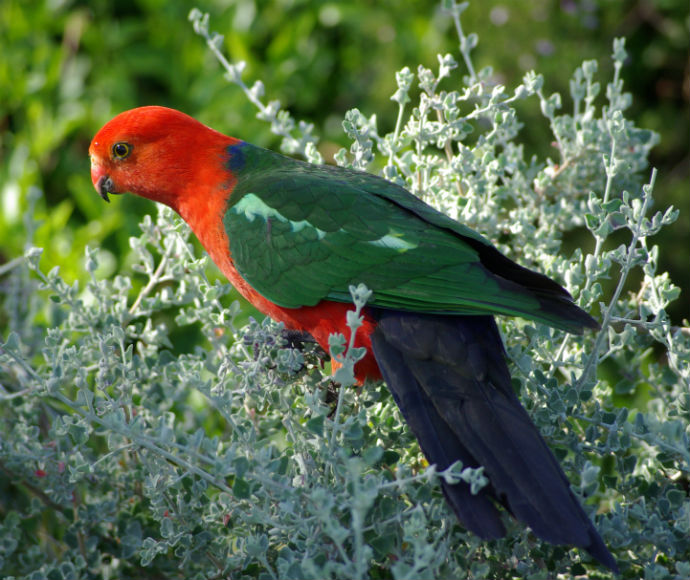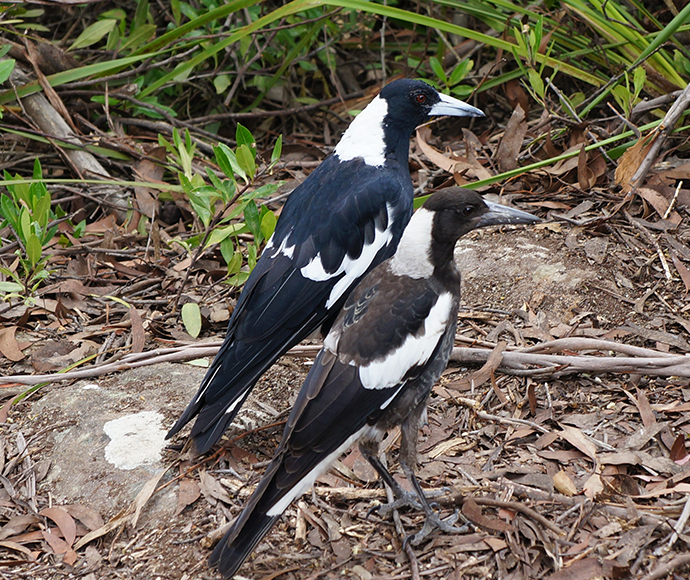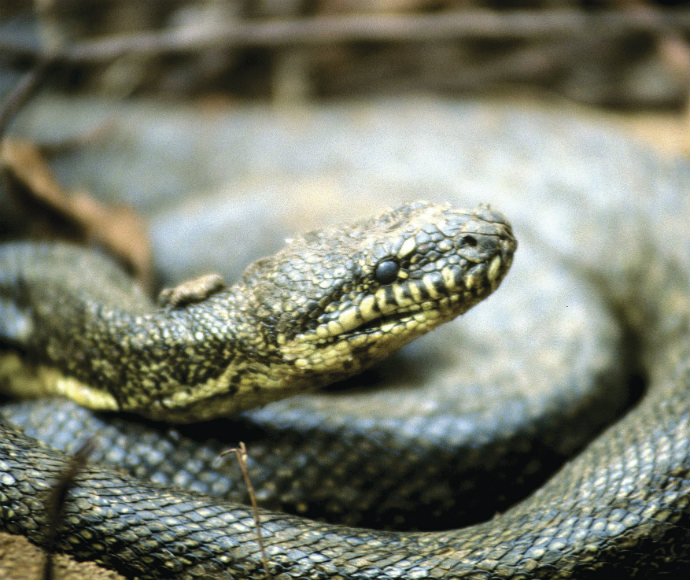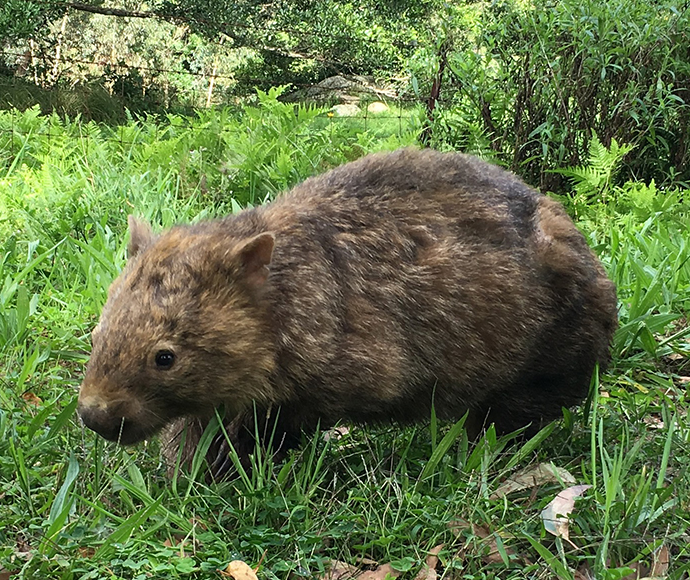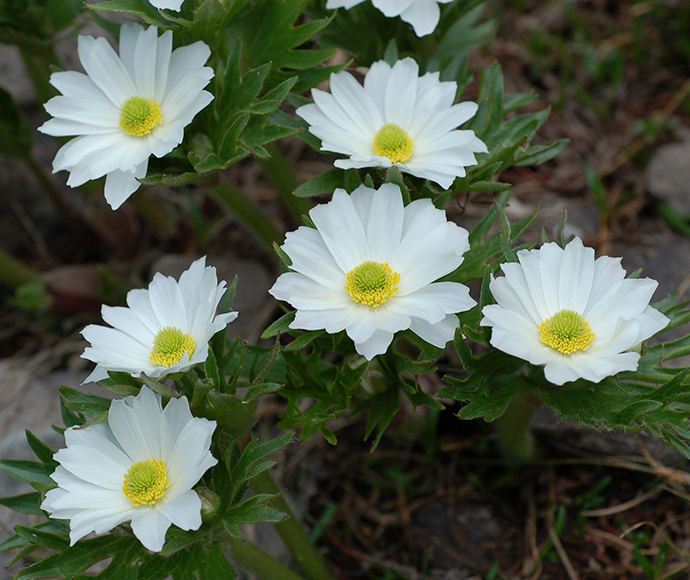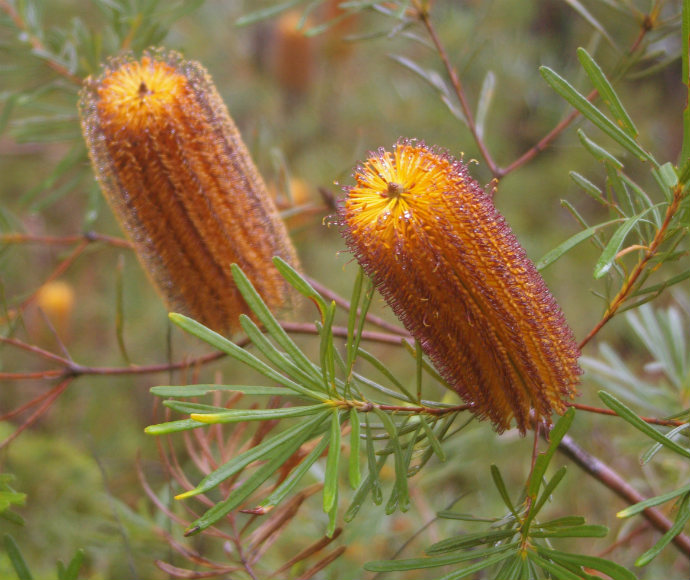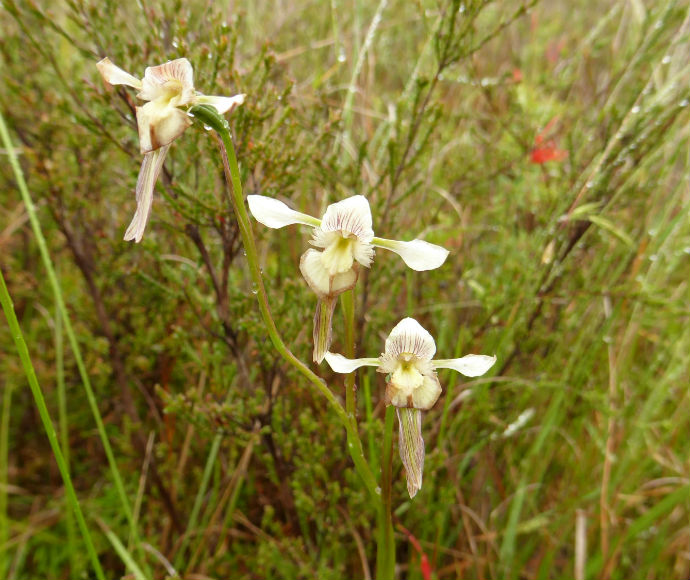'Biodiversity' or 'biological diversity' is the variety of life on earth and can be thought of in terms of genetic diversity, species diversity and ecosystem diversity.
Biodiversity includes all the different plants (from lichen and mosses to shrubs and trees), animals (invertebrates, frogs, reptiles, birds and mammals) and micro-organisms such as bacteria.
The importance of biodiversity
Biodiversity is vital in supporting human life on Earth. It provides many benefits, including food, medicines and industrial products. It supplies clean air and water, and fertile soils.
Australia is home to more than one million species of plants and animals, many of which are unique. About 82% of our mammals and 93% of our frogs are found nowhere else in the world.
Over the last 200 years, the Australian environment has been modified dramatically. Australia has lost 75% of its rainforests and has the world's worst record of mammal extinctions.
Protecting biodiversity
Protecting the biodiversity of New South Wales is a major challenge. It cannot be done just by setting aside land in national parks and reserves; it needs the people of New South Wales to be involved in community conservation across the landscape.
Everyone can do something to help protect our unique biodiversity. Find out how you can get involved with Citizen science, Saving our Species and National Parks programs and projects.
Australia's Biodiversity Conservation Strategy 2010–2030
On 27 October 2010, the Minister for Sustainability, Environment, Water, Population and Communities, Tony Burke, released Australia's Biodiversity Conservation Strategy 2010–2030 on behalf of the Natural Resource Management Ministerial Council.
The strategy was developed by the Australian Government in collaboration with all state and territory governments.
It is a significant national policy that will guide governments, the community, Indigenous peoples, land managers, industry and scientists in the management and protection of Australia's biodiversity – its plants, animals and ecosystems.
The strategy has a long-term vision for Australia's biodiversity: to be healthy and resilient to threats, and valued both in its own right and for its essential contribution to our existence.
To achieve this vision, the strategy sets out 3 priorities for action:
- engaging all Australians
- building ecosystem resilience in a changing climate
- getting measurable results.
Each priority is supported by outcomes, measurable targets and actions.
The strategy is available from the Australian Government Department of Climate Change, Energy, the Environment and Water's website: Australia's Biodiversity Conservation Strategy 2010–2030.
